Working at effective altruist organisations: good or bad for career capital?
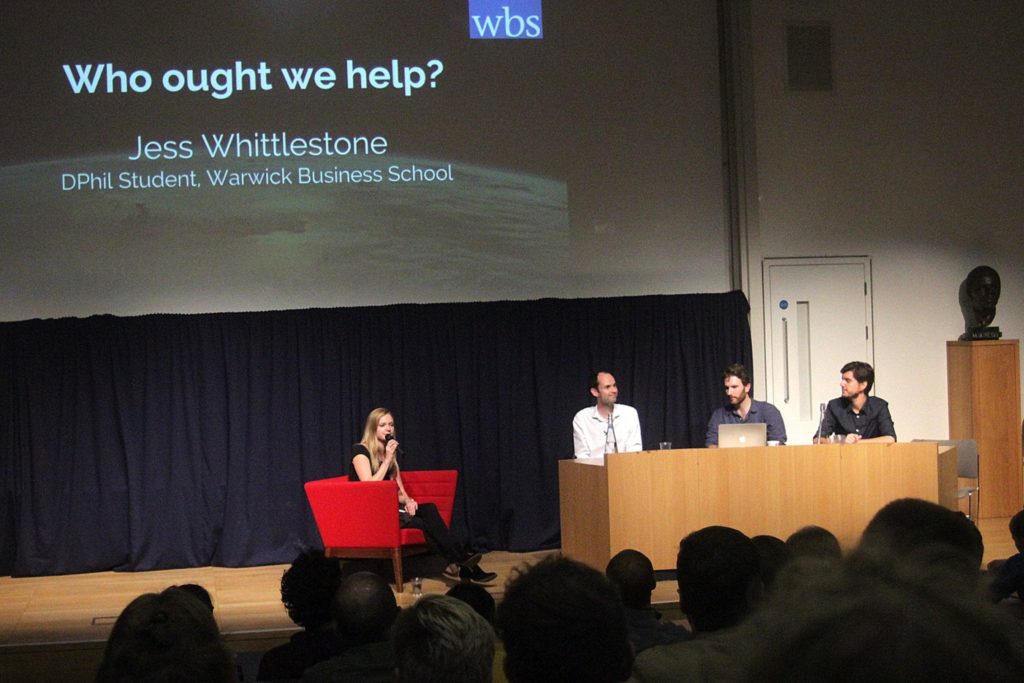
Working in effective altruism directly is a good way to build career capital in some respects, and a bad way in others. How about on balance?
Many people in our community are interested in working at “effective altruist” (EA) organisations, which I define as organisations whose leaders aim to do the most good on the basis of evidence and reason, and explicity identify as part of the effective altruism movement (see a list).
These jobs are often seen as higher-impact and more fulfilling than alternatives, but there’s a common worry: they’ll provide worse career capital, putting you in a worse position in the long-term.
I argued here that career capital might not be a strong enough consideration to outweigh the additional impact.
In this post, I’ll explore whether the career capital you get from working at EA orgs really is worse than the alternatives. I’ll outline arguments give for and against, arguing the career capital is better than is often assumed.
Arguments against working in effective altruist organisations for career capital
Less prestige
The jobs are less prestigious – few people have heard of organisations like GiveWell or the Center for Effective Altruism – and so these jobs don’t provide as impressive general-purpose credentials as working at a brand name employer like Google or McKinsey.
Less concrete career progression
The jobs don’t come with an obvious career path.




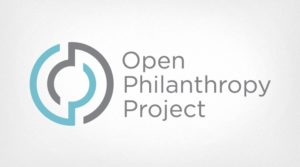




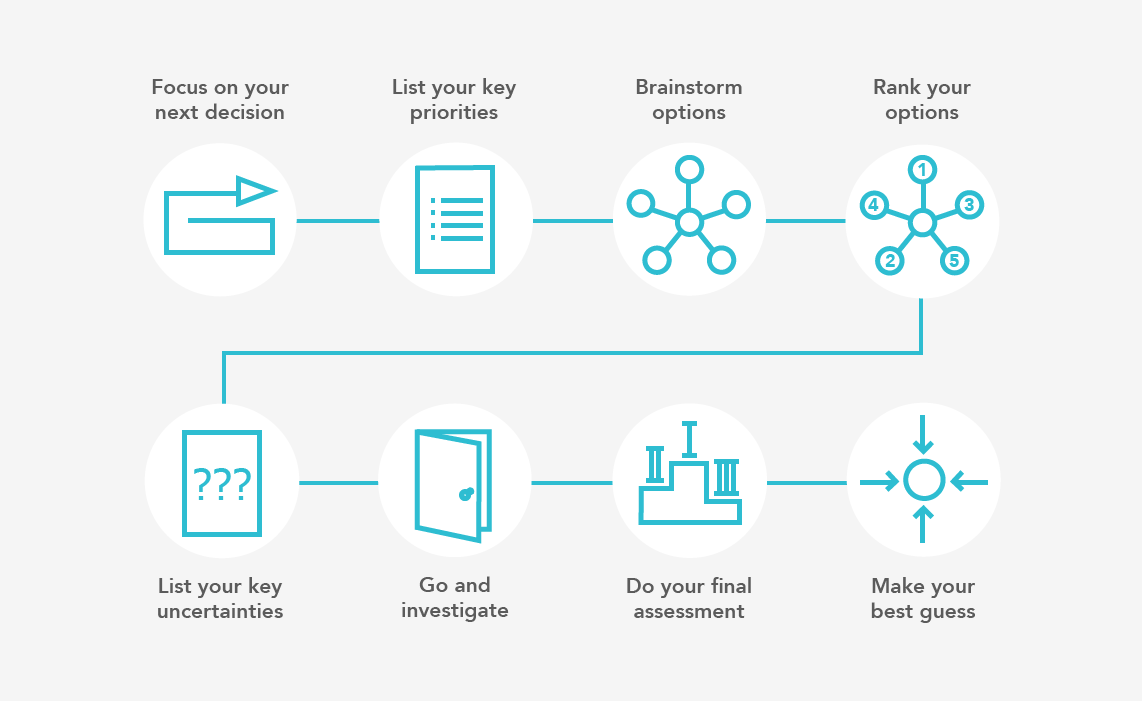

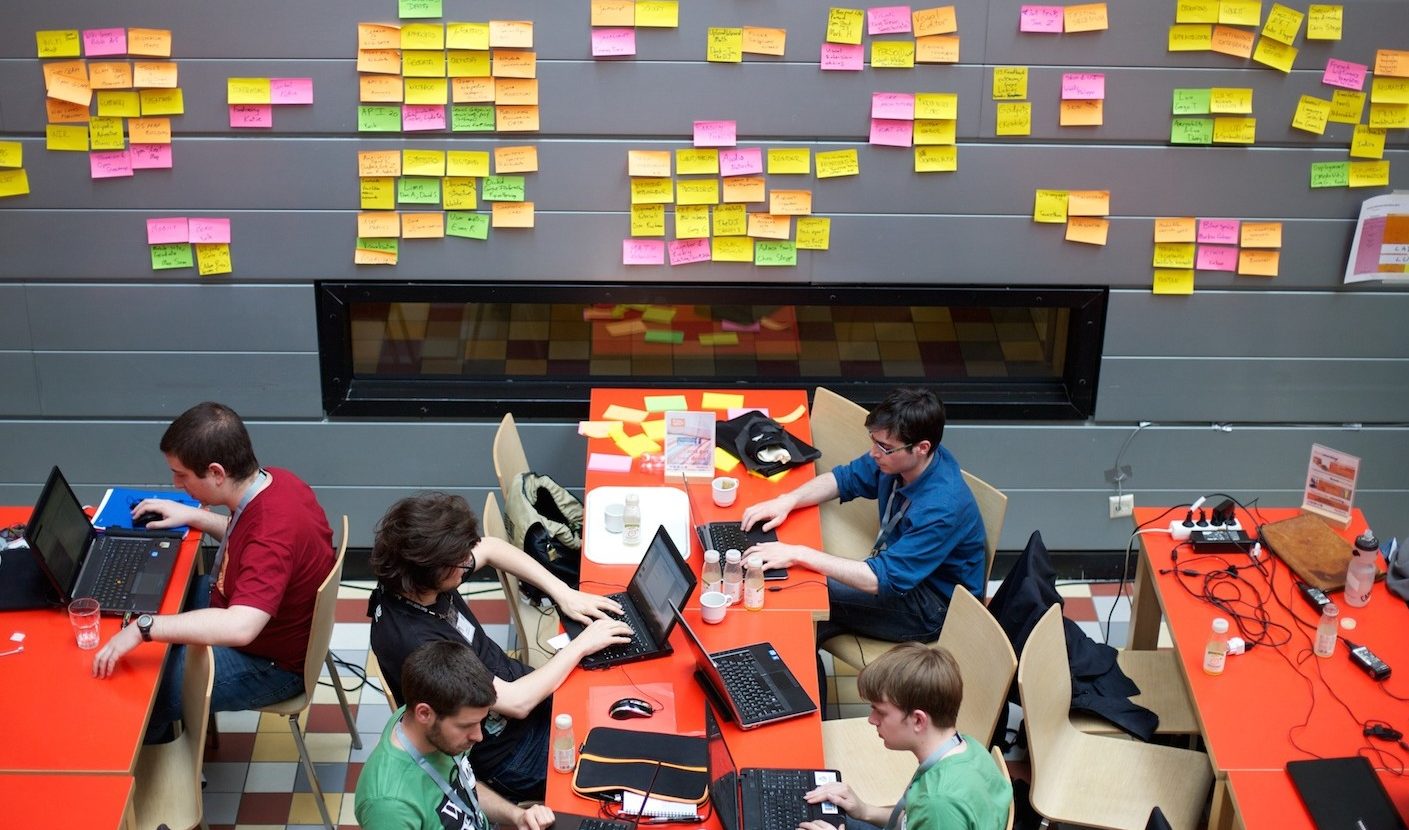
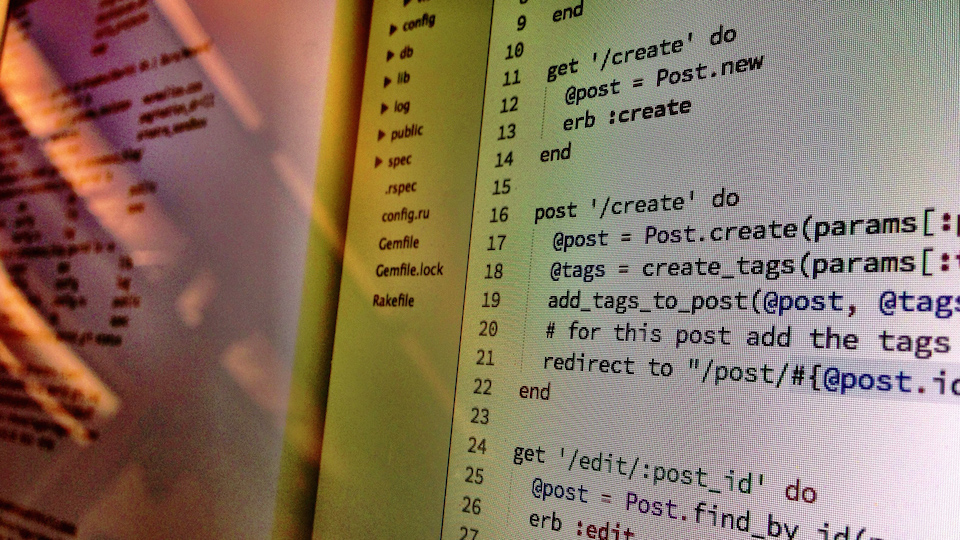
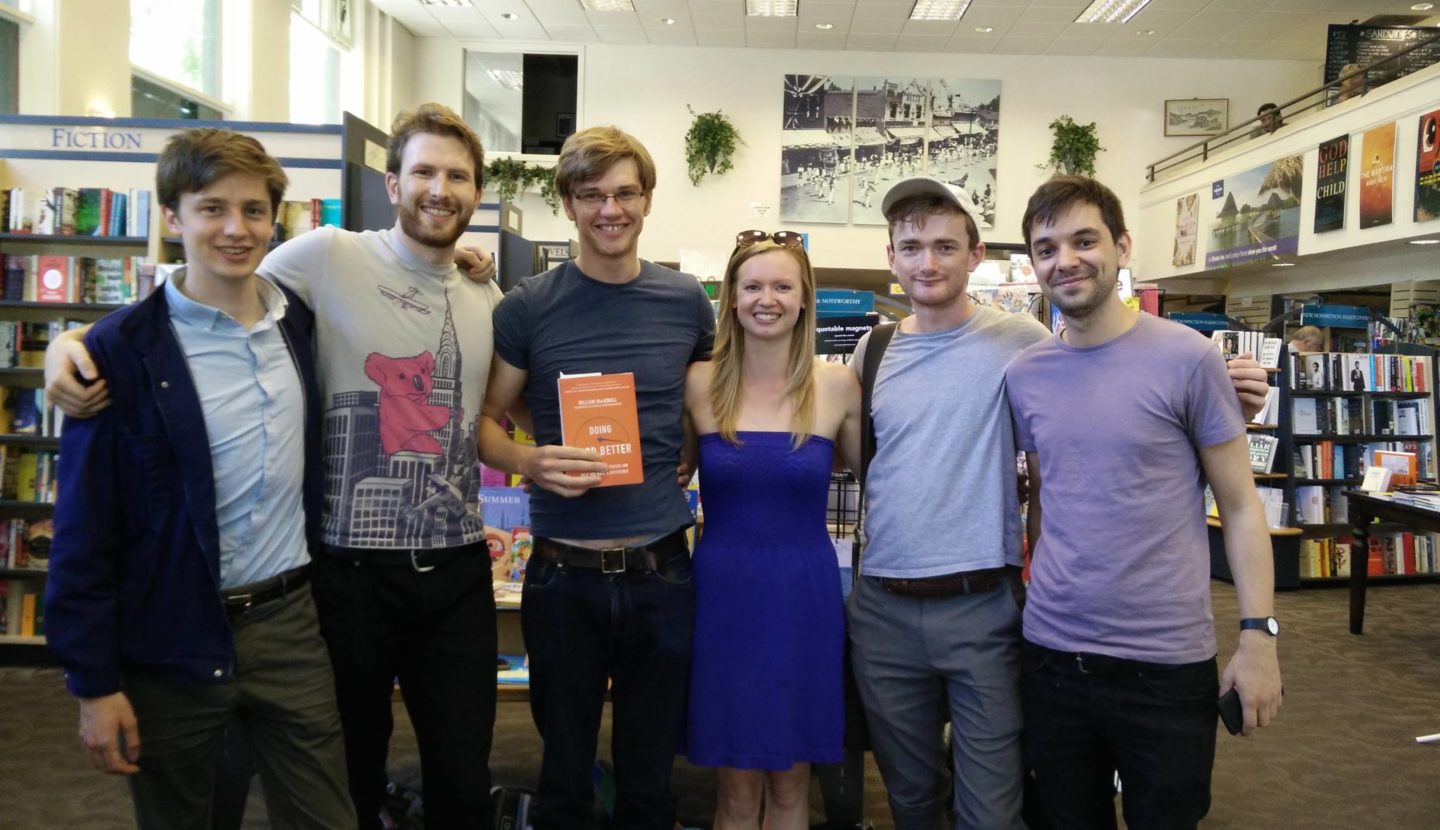

 A
A